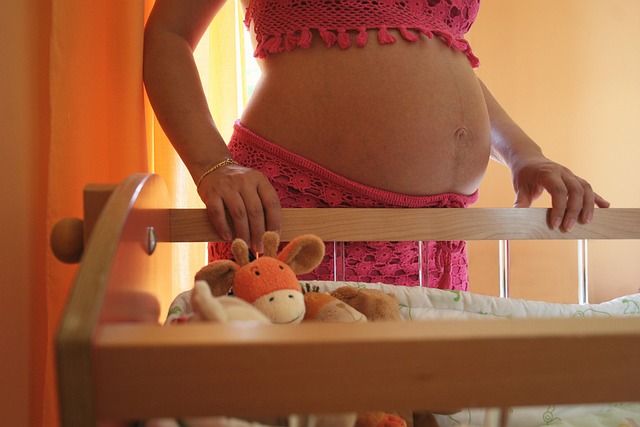Losing a child is an incomprehensible tragedy that leaves a profound impact on one’s life. Seven years ago, I experienced the heartbreaking loss of my son, Jamie, to Sudden Infant Death Syndrome (SIDS). Navigating through the depths of grief has been the most challenging journey I’ve ever undertaken, and while the process is ongoing, I have discovered several strategies that helped me reclaim my life. Here are the eight methods that proved essential in my healing journey:
- Time: Undoubtedly, time is the most significant yet challenging element in the healing process. It can be both a source of comfort and frustration. I vividly remember the week following my family’s departure; I found myself curled up beneath our kitchen table, overwhelmed by sorrow and questioning how long this pain would linger. For me, it took nearly three years before the sharpness of grief began to dull.
- Medication: The role of medication varies for each individual, but it can provide crucial support. Regular consultations with a psychiatrist helped me maintain a sense of balance. Often, I would contemplate whether I still needed my medication, only to realize that my fleeting thoughts of independence were a direct result of the medication’s effectiveness. The right antidepressants truly transformed my life.
- Writing: Engaging in writing can be an emotional challenge, as it often requires revisiting painful memories. However, it can also serve as a powerful outlet for expressing grief and processing emotions.
- Therapy: While psychiatric support is invaluable, it’s essential to have regular therapy sessions with a counselor who knows your history. These check-ins can significantly aid in navigating the complexities of grief.
- Distraction: Grief can be all-consuming, making it vital to find moments of distraction. Activities such as reading, watching movies, or spending time with friends can offer needed relief and help shift focus from persistent sadness.
- Allowance: It’s crucial to permit yourself to experience grief openly. Embracing moments of sadness and allowing emotions to flow freely can be cathartic, providing a necessary release.
- Limitation: Recognizing what triggers intense grief is important for maintaining mental health. I learned to identify and avoid situations that could lead me into a spiral of sadness, establishing boundaries to protect my emotional well-being.
- Decision: After a period of mourning—approximately three years in my case—it became evident that remaining in a constant state of sadness was unsustainable. I made a conscious decision to pursue healing actively, which marked the beginning of a more positive phase in my life.
It’s important to recognize that the journey through grief is not about achieving complete recovery. Instead, it’s about finding a way to live with the loss while embracing the memories of our loved ones. For additional resources on related topics, you might find useful information in this article on healthline.com or explore our posts on home insemination kits for further insights.
In conclusion, coping with the loss of a child requires a multifaceted approach, incorporating time, support, and personal strategies to navigate the journey ahead.
Keyphrase: Coping with Child Loss
Tags: [“home insemination kit” “home insemination syringe” “self insemination”]
